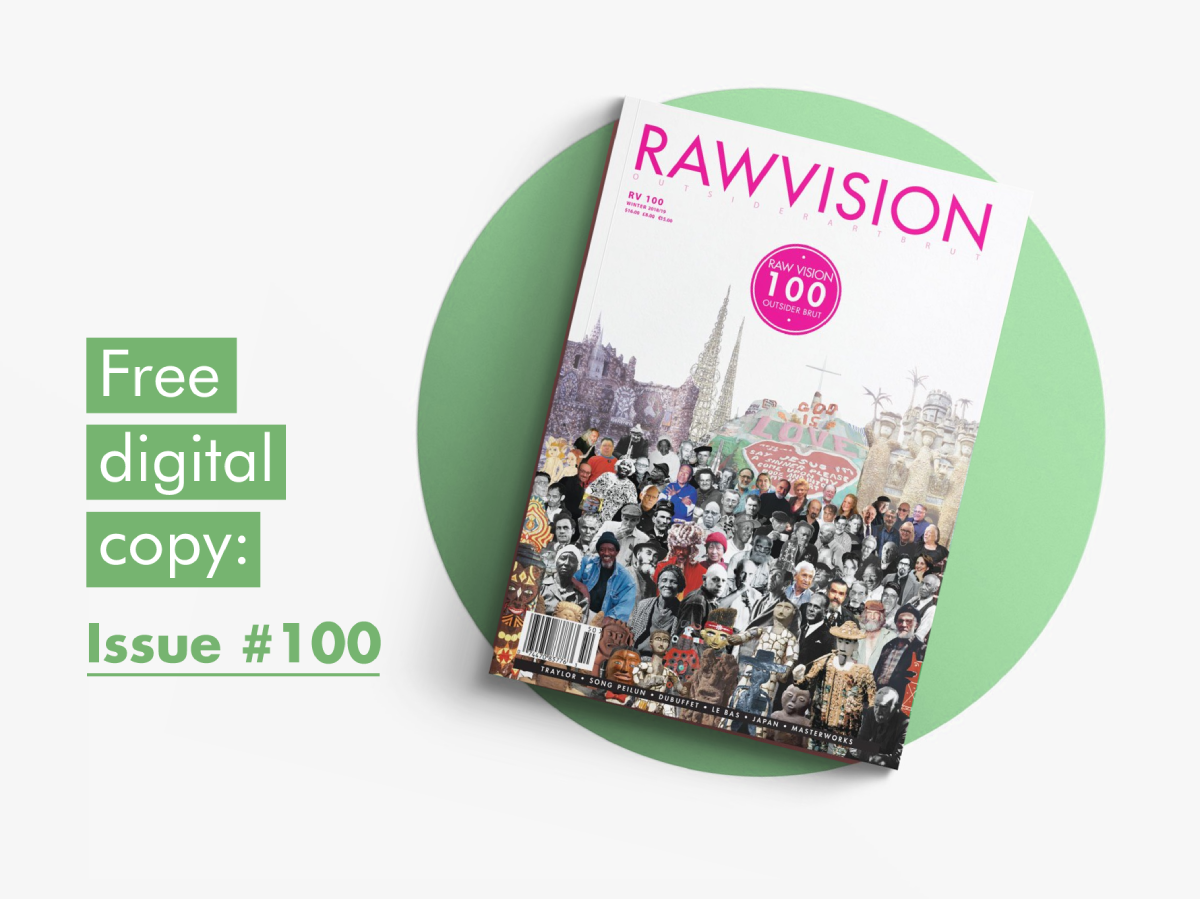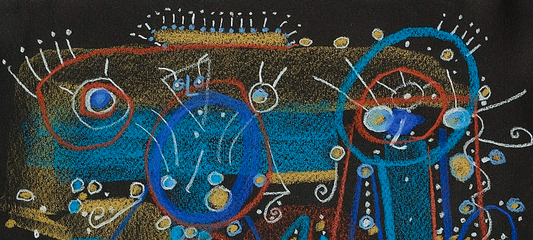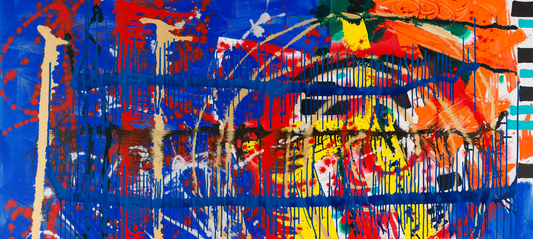First published: Summer 2025
Predrag Milićević‘s snarling, barking creatures reflect the artist’s inner world, his scorn for society, and the pain of alienation
When Serbian Predrag Milićević made his first
artworks, on rolls of wallpaper, in his flat in
Jagodina in the late eighties, he spontaneously
decided to sign them with the pseudonym “Barbarien”.
In Antiquity, the term “barbarian” did not necessarily have
negative connotations; it simply meant a “foreigner” or
“alien”. For Milićević, the moniker reflected his lack of
understanding of the world and society. Milićević was resistant to everything from the outside
world and consciously chose to isolate himself. Existential
anxiety and a desperate need to find an identity,
self-worth and some kind of freedom led him to
look for a meaningful way to express himself. He
was in his late twenties when he began painting.

Night-time, 2005, 28.5 x 21 in. / 73 x 53 cm.
Born in Jagodina, Serbia, in 1963, Milićević was raised
just by his mother, Milinka, who would tell him that the
fact that he had red hair meant he was special. Like his
father and older brother, he suffered with mental health
problems. A fragile boy, he was a deep thinker, inclined
to philosophical contemplation. He was also extremely creative. As a teenager, he toured with rock bands, taking
photographs of them. He was a member of Yugoslav
Photography Association and in 1984 received an award
at the World Biennial of Diapositives in Ontario, Canada.
That same year, having written poetry and prose since
the age of 14, he published a collection of short stories
entitled Once upon a Time there were Serbs, a theme that
would later reappear in his paintings.

Crucifixion, 1992, oil on canvas, 39.5 x 29.5 in. / 100 x 75 cm
In his art, as “Barbarien”, he transformed daily events in the outside world into parodies, highlighting the absurdity that he witnessed. By the early 1990s, he had formed his own distinctive style which utilised a great expressiveness of form, an intensity of colour and a meta-language of motifs, exemplified in pieces such as his 1993 Nude of an Ordinary Neighbour in an Unusual Position, After Which She Fainted.

Mia Madre Milinka, 2013, 27.5 x 39.5 in. / 70 x 100 cm
By NINA KRSTIĆ
This is an article extract; read the full article in Raw Vision #123.




